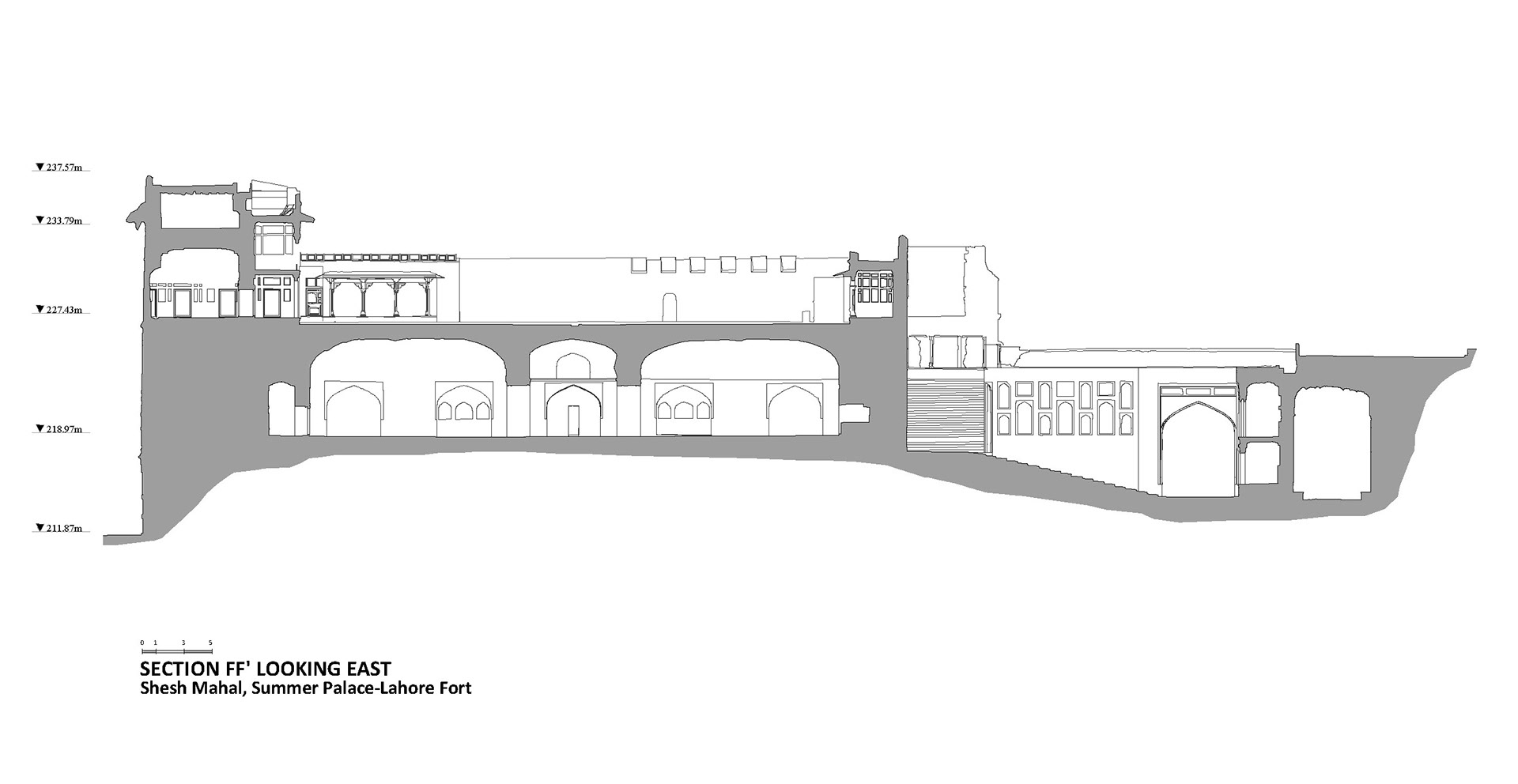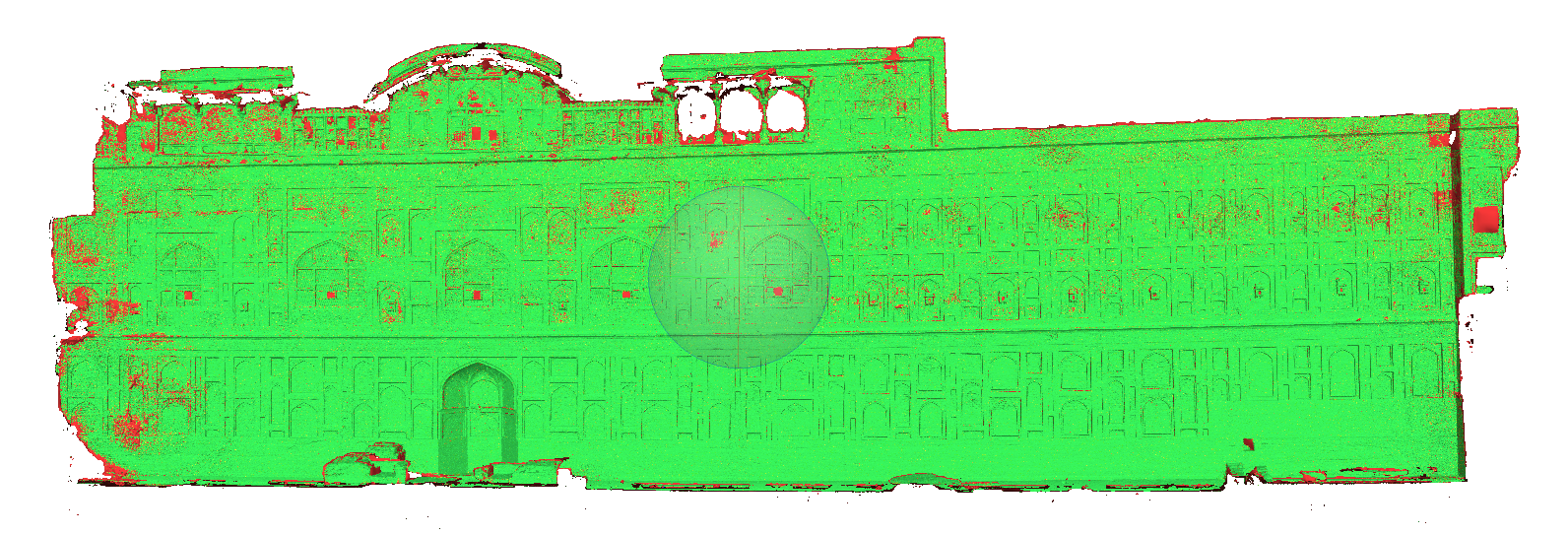Aerial view of the Badshahi Mosque in Lahore, Pakistan
The Aga Khan Trust for Culture (AKTC) promotes debate about the built environment, cultural heritage, and importance of historic memory. We propose exemplars and solutions for contemporary design problems; engage in the physical and social revitalization of communities; advance music and musical education; and connect cultures through material and intangible arts.
For three decades, AKTC has tested, revised and refined its approach on over 350 restoration and conservation projects in 10 countries, including 11 UNESCO World Heritage Sites. It has also created 10 major parks and gardens that have been visited by tens of millions of people.
In Pakistan, AKTC has won 15 UNESCO Asia-Pacific Heritage Awards for Cultural Heritage Conservation.
City of Lahore
Lahore, the capital of the province of Punjab, and the second most populous city in Pakistan, is also known as the "Gardens of the Mughals" or "City of Gardens" due to its Mughal heritage when it served as a vital part of the Mughal Empire (1524 to 1752). This once fortified city has a concentration of monuments and buildings that reflect cultural diversity in architecture. Lahore is home to the Lahore Fort and Shalimar Gardens, both of which are UNESCO World Heritage Sites.
Aerial view of the Lahore Fort
Lahore Fort complex plan
Western facade of the Picture Wall - a mural that adorns the Fort and the principal reason for the site’s inscription on the UNESCO World Heritage List in 1981
Heritage Planning
One of the most significant projects that I worked on was the Picture Wall, part of the Lahore Fort complex. It stretches over 400 feet and is decorated with some of the most intricate mosaic tile work from the Mughal era. Our team was tasked with documenting and preparing a conservation plan for a section of this wall as part of a multi-year heritage revitalization program.
Damage Mapping & Condition Drawings
I was responsible for field photography, condition assessment, and measurement of damaged surfaces. These reports and drawings captured details like surface loss, biological growth, cracks, and tile detachment. We used this mapping to prioritize areas for intervention and create phased conservation strategies
Conservation Strategy/Reporting Output
The final conservation proposal including condition assessment drawings and other documentation elements supported the case for international funding. I co-authored sections of the report focusing on visual analysis, materials assessment, and recommended treatment options. The final report was used in discussions with heritage authorities, conservation donors, and project partners.
Architectural Drawings
Sheesh Mahal (Palace of Mirrors) is a pavilion within the Shah Burj of Shahi Qila Lahore Fort complex. Emperor Shah Jahan built the Sheesh Mahal for his empress. A highly ornate chamber, the central portion of the façade is composed of five cusped marble arches supported by coupled columns in marble on bases inlaid with precious stones. The interior is decorated in Ayina kari-style glass mosaic.








Digital Tools & 3D Visualization
Alongside manual drawings, I collaborated on creating photogrammetric models using tools like Metashape. These 3D models helped us visualize surface deformation, monitor change over time, and communicate findings to stakeholders and conservation experts. This combination of visual data and analysis became a key part of our internal reports.
Photogrammetry
The Picture wall is exquisitely decorated with imagery of hunting, battle scenes, angels and demons, human figures, animals, birds, as well as geometric and floral patterns. Built approximately 400 years ago during the Mughal era, it is one of the largest murals in the world.



3d Laser scanning
The 16th century brick barrel vaulted structure known as the Royal Kitchens, was among the first monuments within Lahore Fort to be captured using a 3D laser scanner. Before conservation, it was severely damaged and turned into an endangered structure that was partially in ruin as a result of abuse, abandonment, and neglect.
The Alamgiri Gate of Lahore Fort is another monument that was 3d laser scanned. Due to its distinctive form with heavily fluted bastions rising out of carved lotus buds, its has become an iconic monument in the country, often becoming representational symbol of the city of Lahore.
EDM Surveying/Photo Rectification
EDM (Electronic Distance Measuring), uses a laser pointer emitted from a total station machine. This creates a scaled wire-frame three-dimensional model which is then edited in AutoCAD to extract sections and plans.
During the process of photo-rectification, a high resolution, scaled and geo-located image of the wall is also created. In the process, targets are applied to the wall which are read by a high-resolution camera to give them GPS coordinates. This information is then fed into AutoCad that rectifies the image and scales it onto the wire-frame model.
EDM Survey
Photo rectified image of pre and post conservation Picture Wall
Storytelling
Out of my interest in filming, I was able to direct and produce a short documentaries for a number of Lahore Fort monuments to highlight the meticulous process of conservation.
Shah Burj Gate, which forms part of the famous Picture Wall in the Lahore Fort, is the principal entrance to the Fort complex